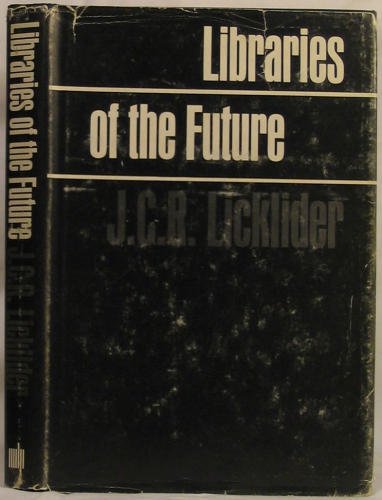Bonnie Mak: How the Page Matters (2011)
Filed under book | Tags: · book, codex, e-book, image, library, paratext, print, reading, text, typography

“From handwritten texts to online books, the page has been a standard interface for transmitting knowledge for over two millennia. It is also a dynamic device, readily transformed to suit the needs of contemporary readers. In How the Page Matters, Bonnie Mak explores how changing technology has affected the reception of visual and written information.
Mak examines the fifteenth-century Latin text Controversia de nobilitate in three forms: as a manuscript, a printed work, and a digital edition. Transcending boundaries of time and language, How the Page Matters connects technology with tradition using innovative new media theories. While historicizing contemporary digital culture and asking how on-screen combinations of image and text affect the way conveyed information is understood, Mak’s elegant analysis proves both the timeliness of studying interface design and the persistence of the page as a communication mechanism.”
Publisher University of Toronto Press, 2011
Studies in Book and Print Culture series
ISBN 080209760X, 9780802097606
ix+129 pages
Reviews: Martha W. Driver (Speculum, 2013), Martin G. Eisner (Renaissance Quarterly, 2013), Brett A. Hudson (Papers of the Bibliographical Society of America, 2014), Julie Holcomb (Information & Culture, 2012).
Interview with author: Gretchen E. Henderson (Ploughshares Literary Magazine, 2013).
PDF (scan; updated on 2023-6-5)
PDF (updated on 2020-10-7)
J. C. R. Licklider: Libraries of the Future (1965)
Filed under book | Tags: · computing, knowledge, library, memory, technology

In this book J. C. R. Licklider discussed how information could be stored and retrieved electronically. Although he had not read Vannevar Bush’s “As We May Think,” he realized that Bush’s ideas had been diffused through the computing community enough to have provided a base for his own ideas. His theoretical information network, which he called a “procognitive system” sounds remarkably similar to Tim Berners-Lee’s World Wide Web: “the concept of a ‘desk’ may have changed from passive to active: a desk may be primarily a display-and-control station in a telecommunication-telecomputation system-and its most vital part may be the cable (‘umbilical cord’) that connects it, via a wall socket, into the procognitive utility net”. This system could be used to connect the user to “everyday business, industrial, government, and professional information, and perhaps, also to news, entertainment, and education.” (source)
Based on a study sponsored by the Council on Library Resources, Inc., and conducted by Bolt, Beranek, and Newman, Inc., between November 1961 and November 1963.
Publisher MIT Press, 1965
ISBN 026212016X, 9780262120166
219 pages
via Archive.org (where it is not available anymore)
Louise Craven (ed.): What are Archives?: Cultural and Theoretical Perspectives: A Reader (2008)
Filed under book | Tags: · archive, archiving, library, preservation, storage

“This collection of essays breaks new ground in archival studies in the UK where professional archival texts have traditionally concentrated on the how, not the why, of archival work. Studies of the theoretical role of, for example, the archive and the text or the archive and political power, have meanwhile been undertaken in other academic disciplines where there is an established forum for the discussion of related issues. This book invites the archivist to join that arena of debate, whilst appealing to all those interested in archives from other disciplines; the authors encourage archivists to step away from the practicalities of keeping archives to consider what it is they actually do in the cultural context of the early 21st century.
The wider context of technological innovation and the internet form the backdrop to this collection. The book explores change and continuity in the archival paradigm, the textual nature of archives and asks if views of manuscripts and personal papers are changing; it looks at specific developments in community archives, at concepts of identity and culture in archives and it presents the fruits of innovative studies of users of archives. Taken together, these essays, written by leading experts in the field, provide a new understanding of the role of the archive today.”
Publisher Ashgate Publishing, 2008
ISBN 0754673103, 9780754673101
196 pages
via Jo Morfin
PDF (updated on 2020-9-8)
Comments (5)
